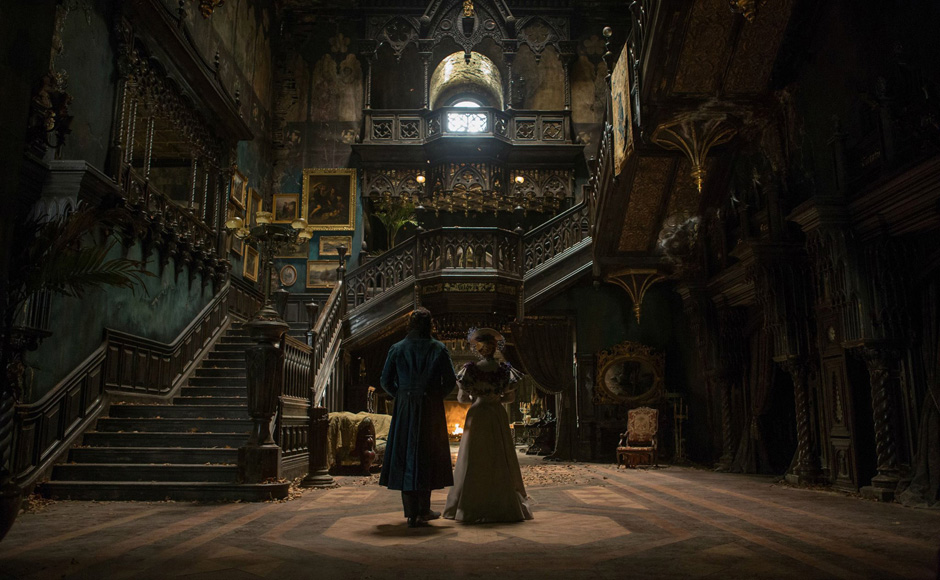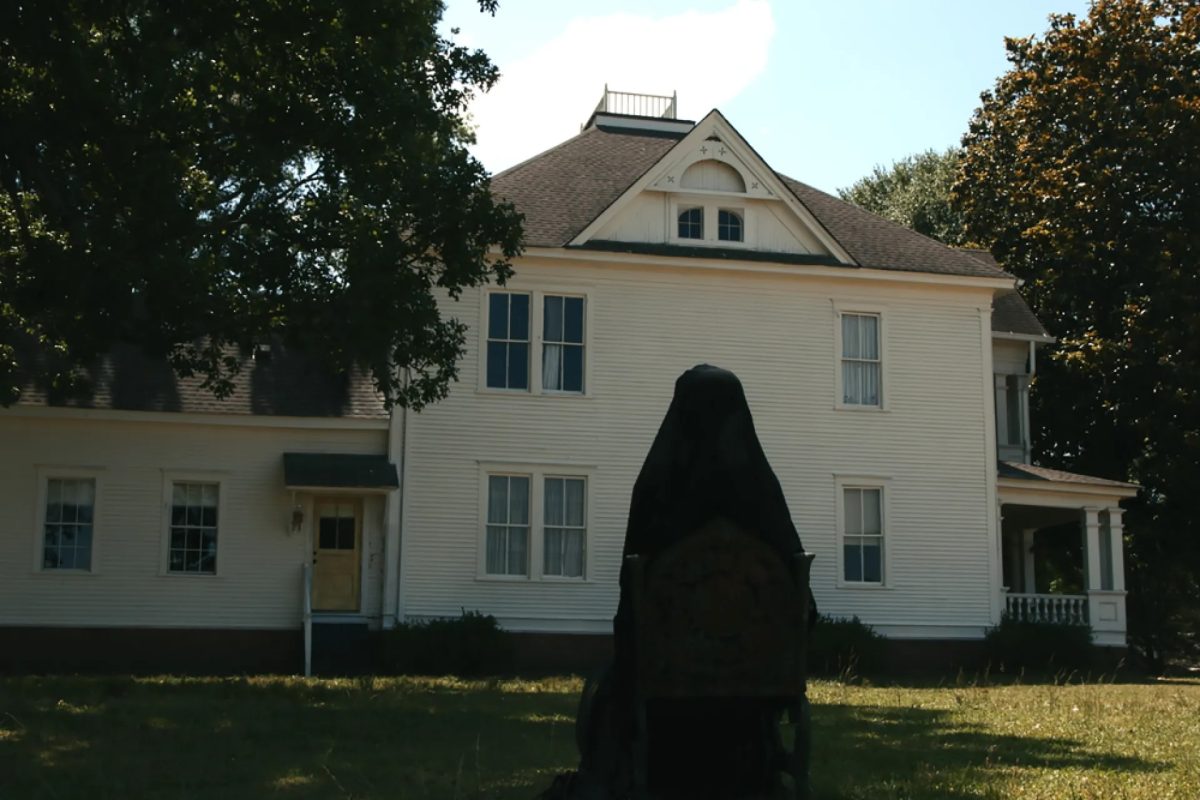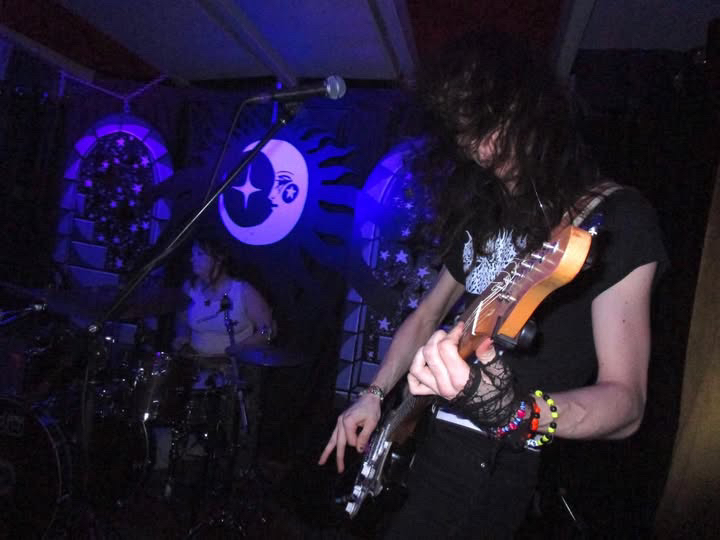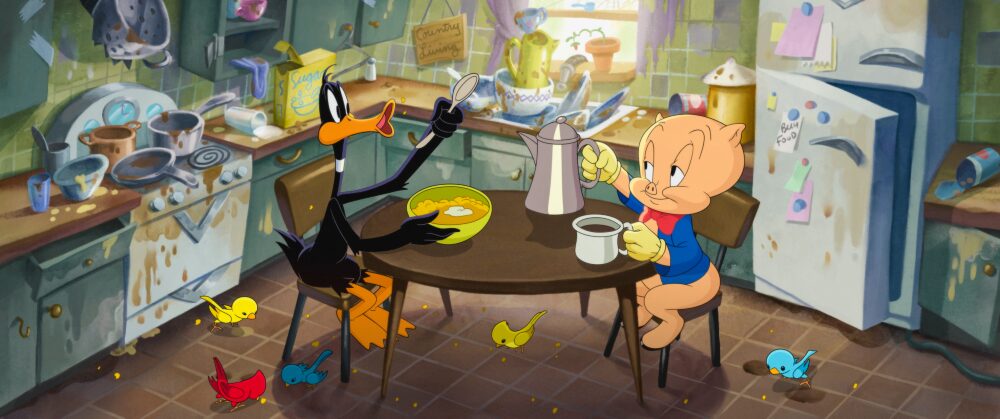At first glance, this atmospheric film succeeds with its meta-horror story plot—one that its budding-novelist protagonist would rather be hit over the head with than be forced to write. But like the film’s central setting for the madness, a gothic castle built on a clay deposit that is slowly sinking into the earth, Crimson Peak will eventually sink into cinematic oblivion.
Guillermo del Toro, famed Mexican director and so-called ‘master of horror,’ has always edged more toward fantasy than abject terror in his films. After a break from the horror genre with films like Pacific Rim, del Toro returns to his Pan’s Labyrinth roots with this classic female gothic picture.
A romantic story with ghosts is the very opposite of the novel that Edith Cushing (Mia Wasikowska) has in mind. This turn-of-the-century woman is determined to make it as a writer in the bustling city of Buffalo, New York. Possessing the ability to see ghosts since she was 10 years old, Edith turned to writing “stories with ghosts in them,” as she would rather call them, only to hear that they needed love interests.
With the arrival of a timid baronet, Sir Thomas Sharpe (Tom Hiddleston), who brings both romance and tragedy, her life soon begins to resemble the novel that she is unwilling write.
Following the murder of her father, Edith decides to marry Sir Thomas and joins him in his abode, Allerdale Hall, in Cumberland, England. There she must co-exist with Thomas’ anal-retentive sister, Lucille, masterfully played by Jessica Chastain, whose icy gaze and cruel intentions are like poison.
Crimson Peak is visually beautiful in every way. From Thomas E. Sanders picturesque production design, to Kate Hawley’s stunning period costumes, the film lives and dies by its convincing visual authenticity much more than its cheap CGI thrills. The painting-like visuals, which cinematographer Dan Laustsen transforms into a moving canvas, belong to a sumptuous gothic castle, complete with a maze of rooms, a creaky elevator, haunting attic nurseries, a dungeon and bathtubs dripping with bloody ghosts—just the spooky setting that Edith would dream up in one of her manuscripts.
Allerdale Hall is clearly a byproduct of the 19th century gothic motif, the haunted castle. Like its architectural ancestors in the literary classics Castle of Ortranto and The House of Usher, del Toro’s fortress is cracked and broken, allowing leaves to blow in through a damaged ceiling. More than that, it is sinking, built on a deposit of clay, claiming it’s name “Crimson Peak” in the winter, when the earth turns snow the color of blood.
Crimson Peak’s biggest downfall is that it is marketed as a terrifying ghost story.
Mannequin heads staring out from the shelves of an attic workshop and skeletons floating in underground vats of liquefied blood-like clay are eerie, and they certainly promote the atmosphere of assumed terror. And surely we should feel Edith’s fear when she attempts to escape the grounds to no avail, thwarted by Lucille, who trails through the halls in her opulent gowns as if held there by an invisible umbilical cord.
But is the threat of violence, presumably from Edith’s ‘wardens’ really that terrifying? If anything, it is the expectance of far worse violence and terror that both thrills and disappoints in Crimson Peak. The fact is that too many of us have become desensitized to all manner of horrors to fall for cheap scares that have become mere tropes.
And Crimson Peak, for all its beauty and splendor, is one massive trope, full of missed opportunities.
For more film reviews and updates, follow us at www.mtsusidelines.com, on Facebook at MTSU Sidelines and on Twitter/Instagram at@Sidelines_Life.
To contact Lifestyles editor Rhiannon Gilbert email lifestyles@mtsusidelines.com.














